71+ Sample Safety Plan Templates
-
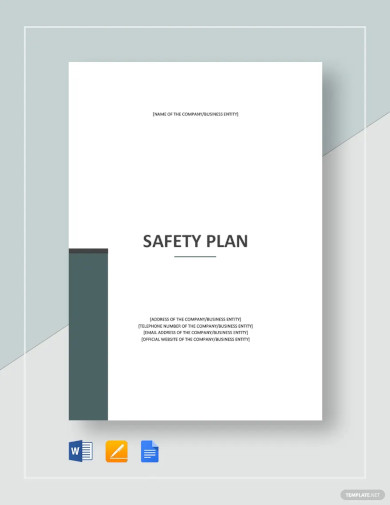
Safety Plan Template
download now -

Health and Safety Plan Template
download now -
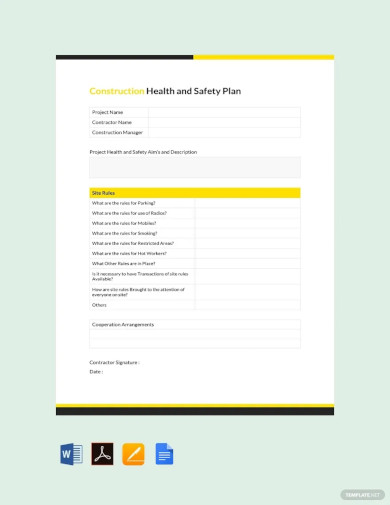
Construction Health and Safety Plan Template
download now -

Restaurant Food Safety Plan Template
download now -
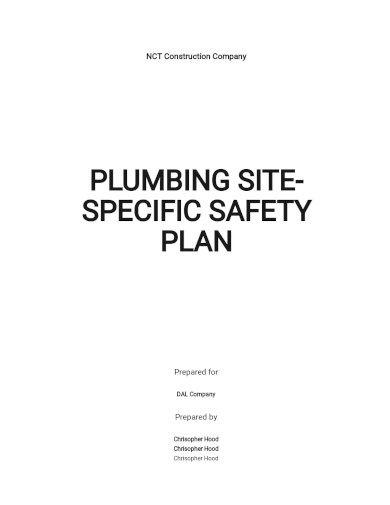
Plumbing Site Specific Safety Plan Template
download now -

Health and Safety Plan Template for Cleaning Services
download now -
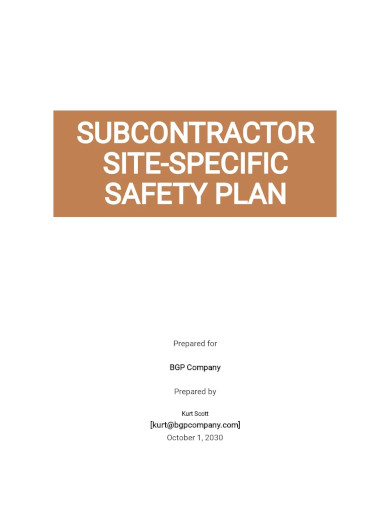
Subcontractor Site Specific Safety Plan Template
download now -
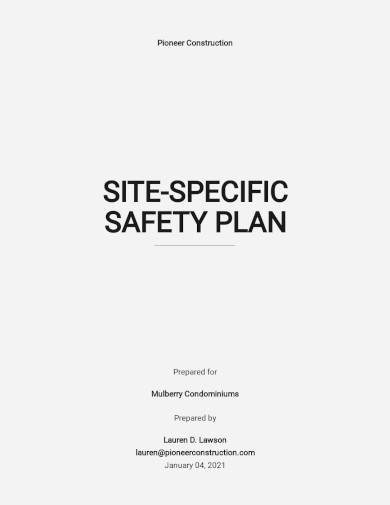
Free Blank Site Specific Safety Plan Template
download now -
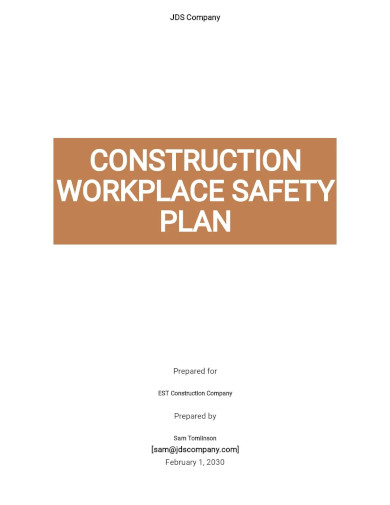
Construction Workplace Safety Plan Template
download now -
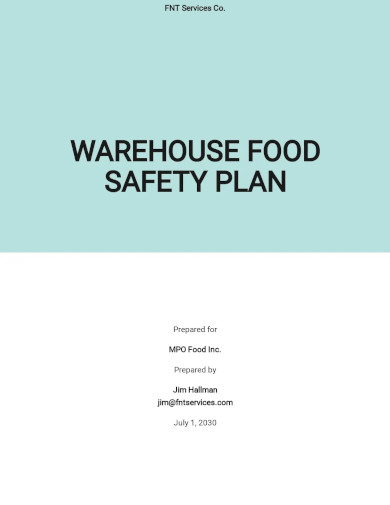
Warehouse Food Safety Plan Template
download now -
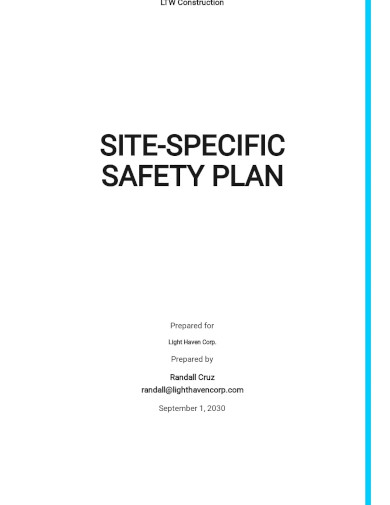
Site Specific Safety Plan Template
download now -
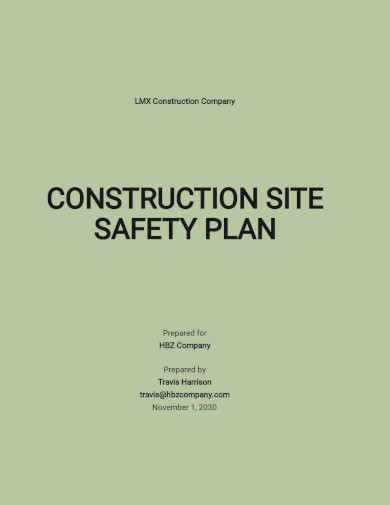
Construction Project Site Specific Safety Plan Template
download now -
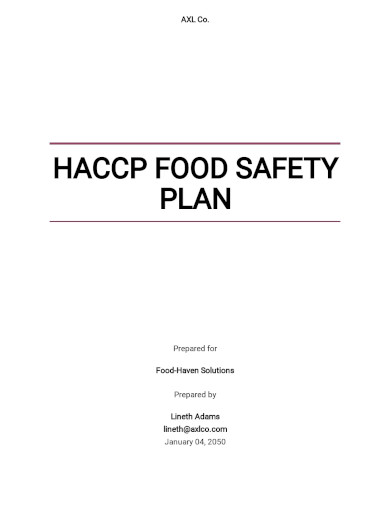
HACCP Food Safety Plan Template
download now -
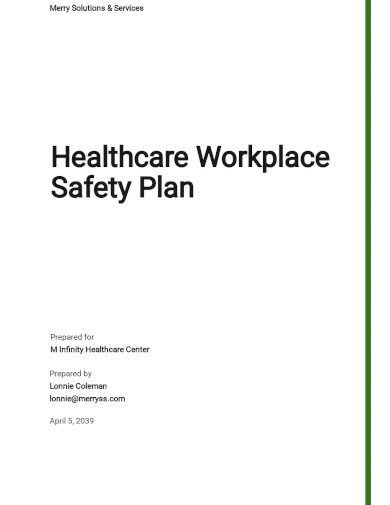
Healthcare Workplace Safety Plan Template
download now -

Food Safety Plan Template
download now -
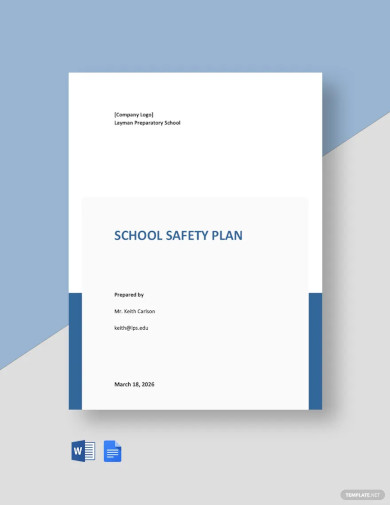
School Safety Plan Template
download now -
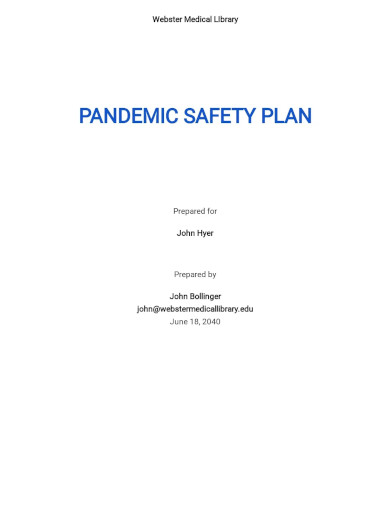
Pandemic Safety Plan Template
download now -
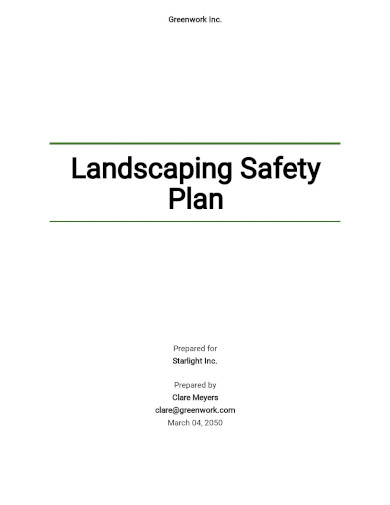
Landscaping Safety Plan Template
download now -
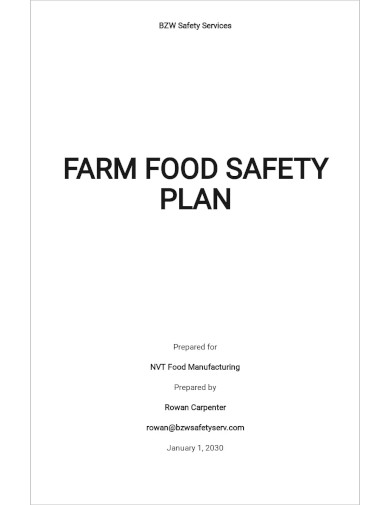
Farm Food Safety Plan Template
download now -
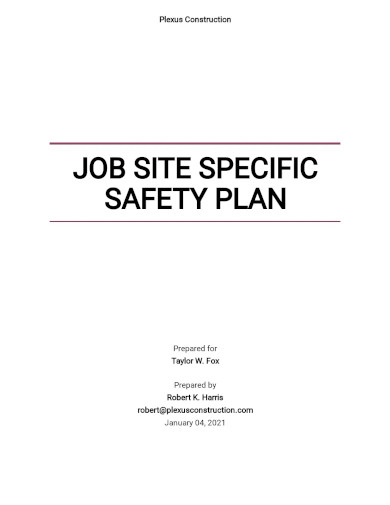
Job Site Specific Safety Plan Template
download now -
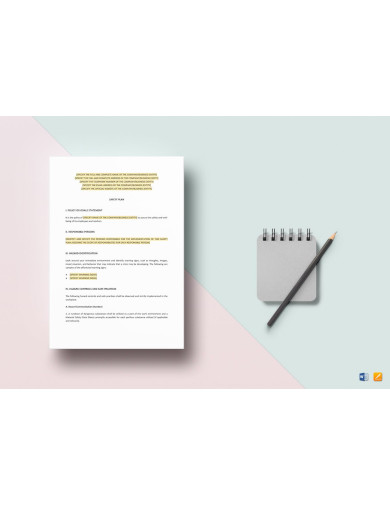
Safety Plan Template
download now -
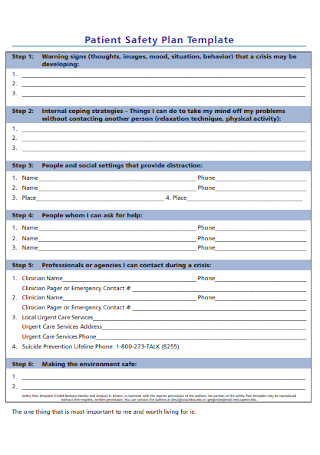
Patient Safety Plan
download now -
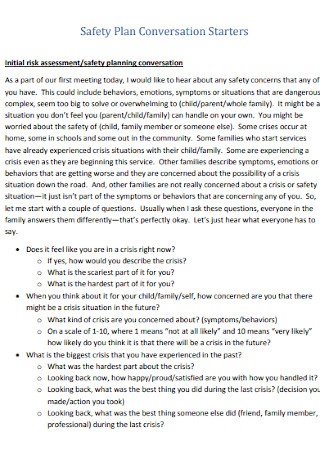
Safety Plan Conversation Starters
download now -

Social Work Safety Plan
download now -
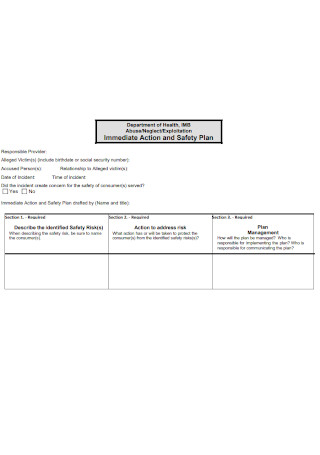
Self Harm Action and Safety Plan
download now -
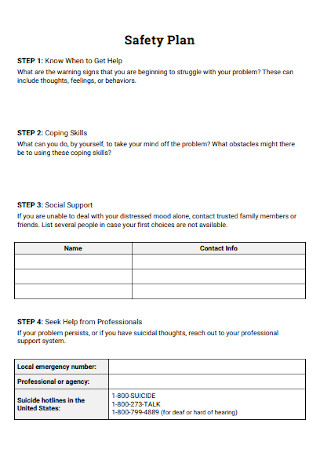
Sample Family Safety Plan
download now -

General Behavior Safety Plan
download now -
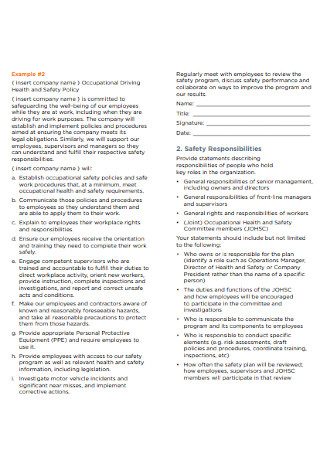
Emergency Road Safety Plan
download now -
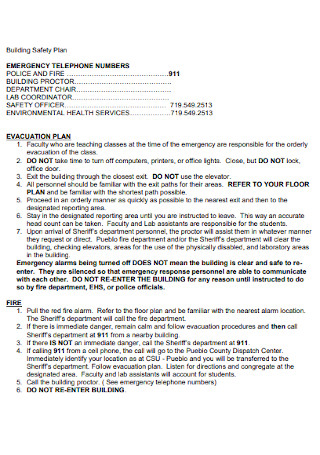
Building Youth Safety Plan
download now -
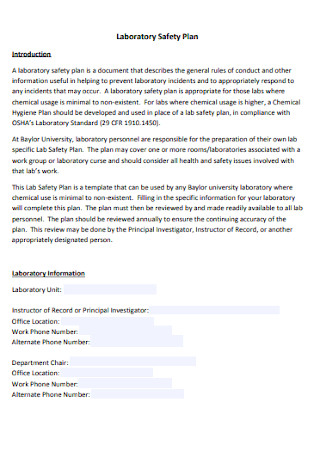
Laboratory Therapist Aid Safety Plan
download now -

Business Safety Plan
download now -
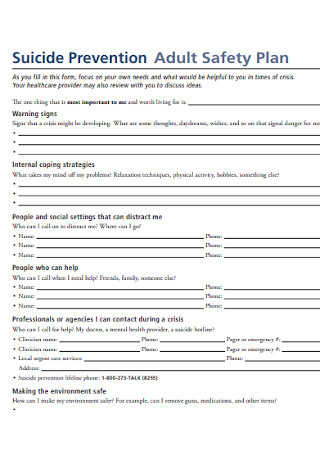
Suicide Prevention Adult project Safety Plan
download now -
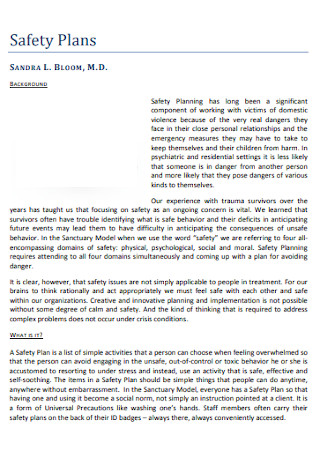
Basic Ship Safety Plan
download now -
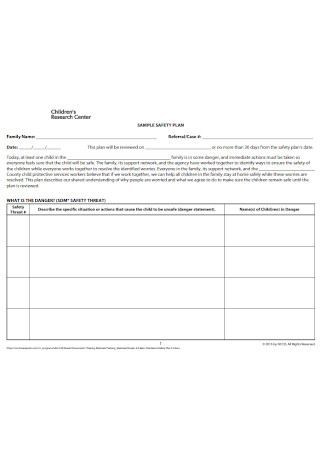
Sample Children Anger Safety Plan
download now -

Tours Office Safety Plan
download now -
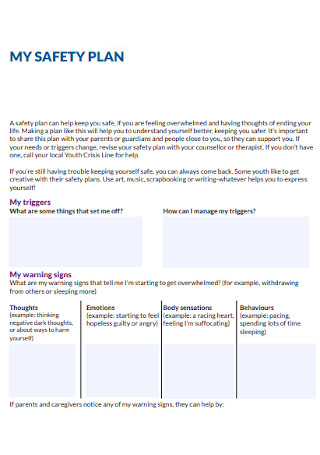
Sample Warehouse Safety Plan
download now -
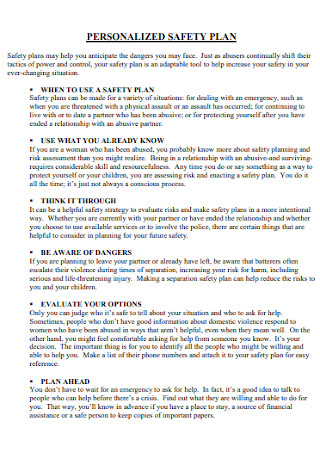
Personalized Food Safety Plan
download now -
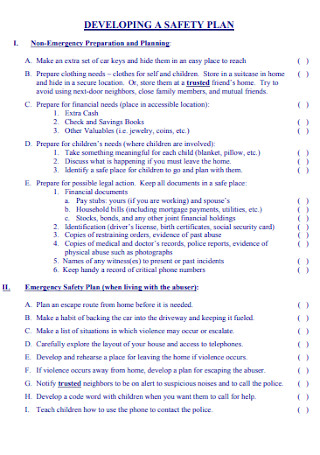
Sample Home Developing Safety Plan
download now -
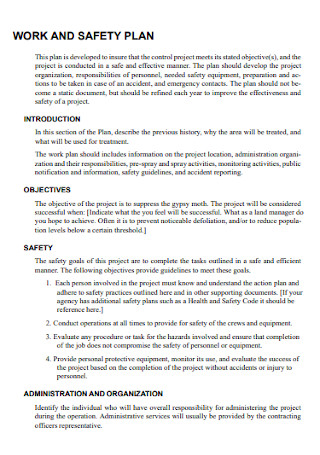
Relationship Work and Safety Plan
download now -
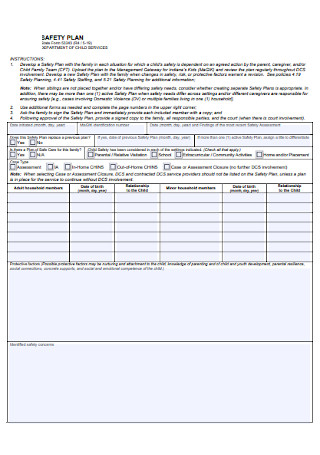
Child Service Safety Plan
download now -

Event Safety Plan
download now -
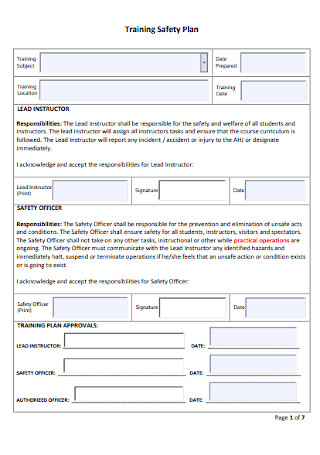
Training Safety Plan
download now -
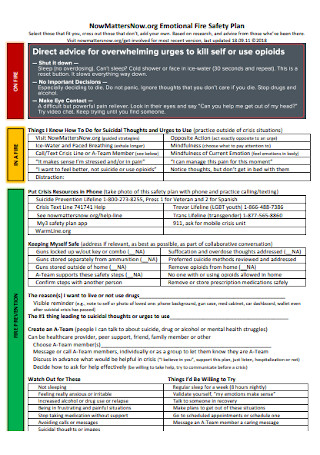
Emotional Fire Safety Plan
download now -
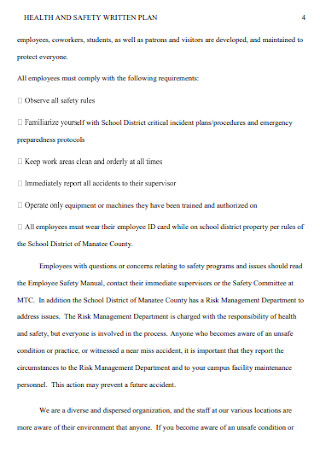
Health and Safety Plan Template
download now -
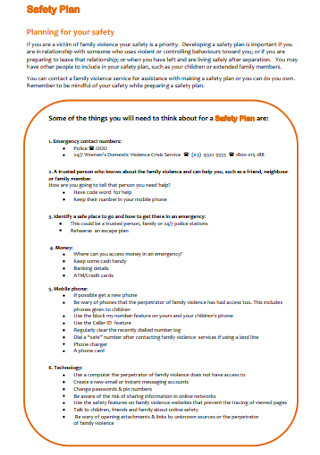
Simple Safety Plan Template
download now -

Contractor Safety Plan Template
download now -
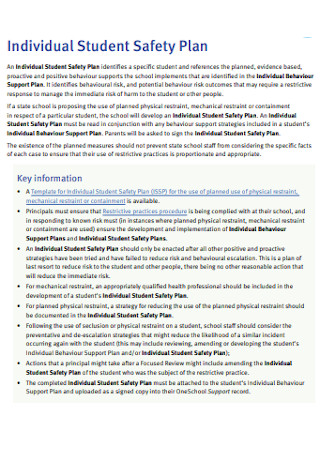
Individual Student Safety Plan
download now -
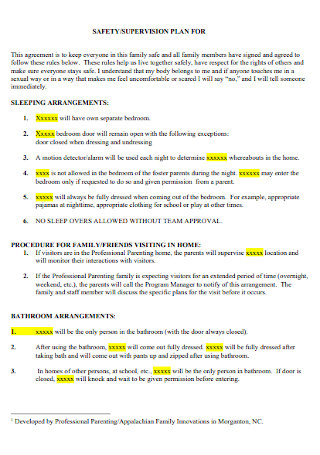
Safety and Supervision Plan
download now -
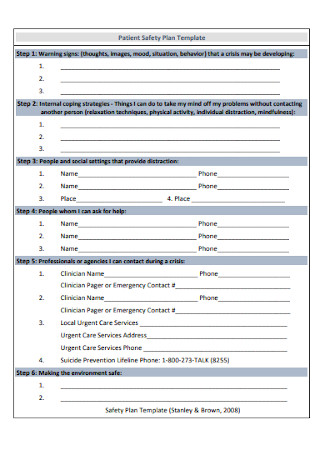
Sample Patient Safety Plan Template
download now -
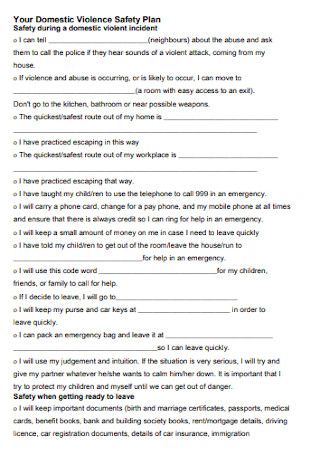
Domestic Violence Safety Plan
download now -
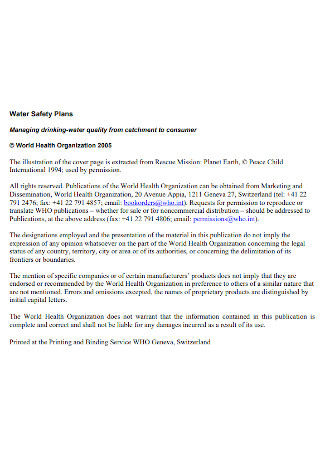
Water Safety Plans
download now -
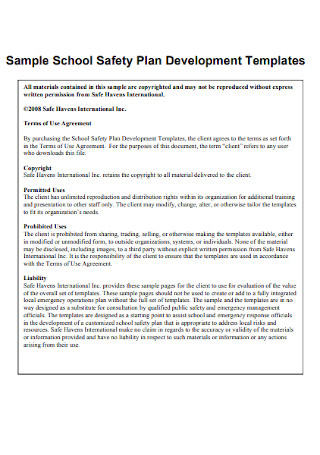
Sample School Safety Plan
download now -

Standard Safety Plan Template
download now -
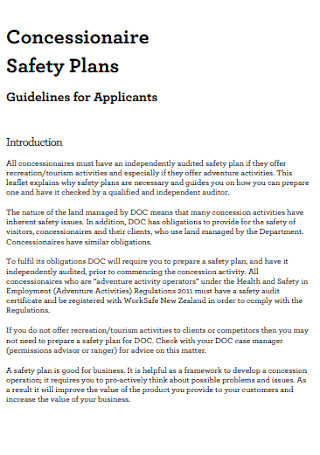
Concessionaire Safety Plans
download now -
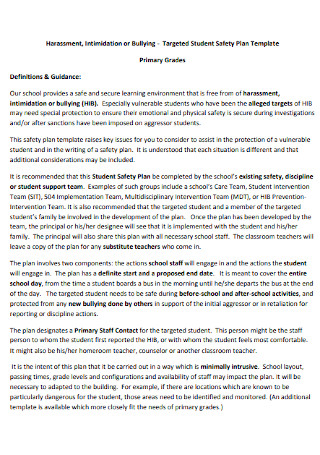
Student Safety Plan Template
download now -
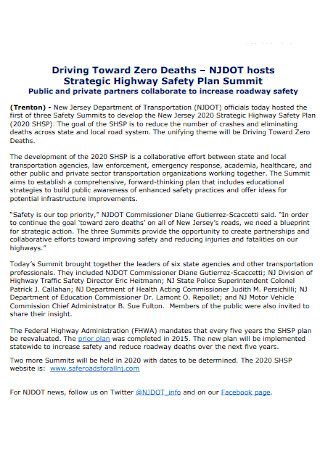
Strategic Highway Safety Plan
download now -
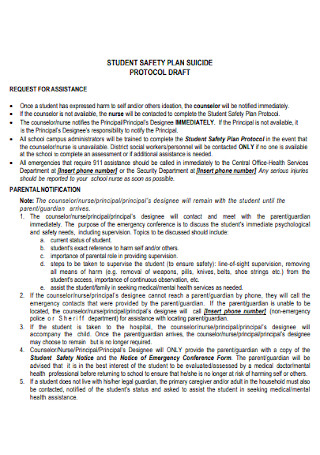
Student Suicide Safety Plan
download now -
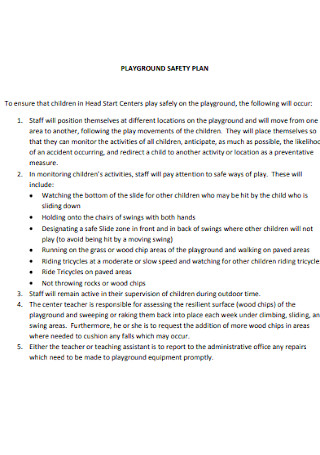
Playground Safety Plan Template
download now -
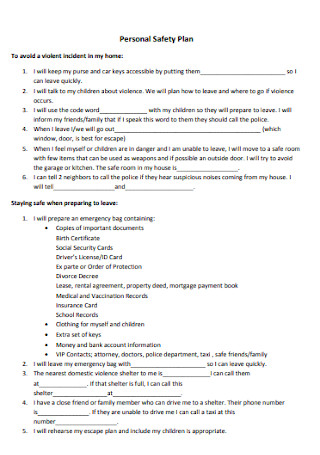
Formal Personal Safety Plan
download now -

Wildfire Safety Plan
download now -
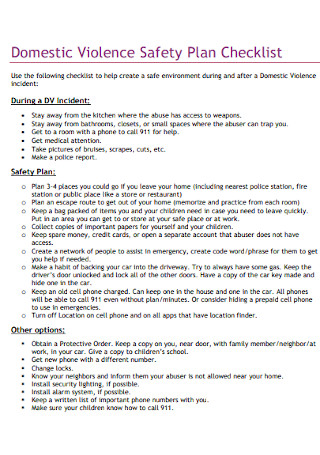
Safety Plan Checklist Template
download now -
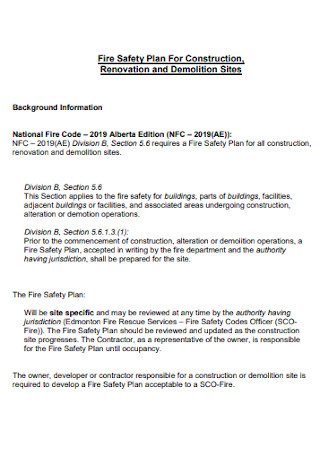
Fire Safety Plan For Construction
download now -
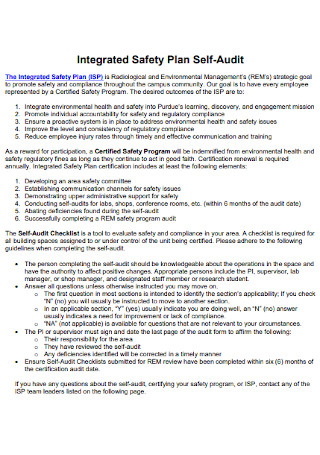
Integrated Safety Plan Self-Audit
download now -
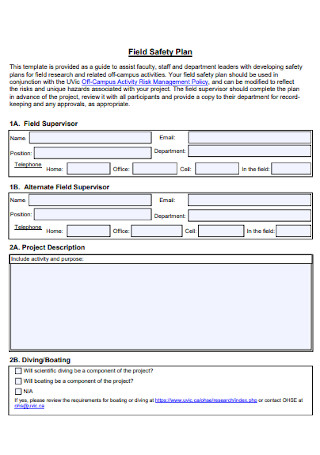
Field Safety Plan Template
download now -
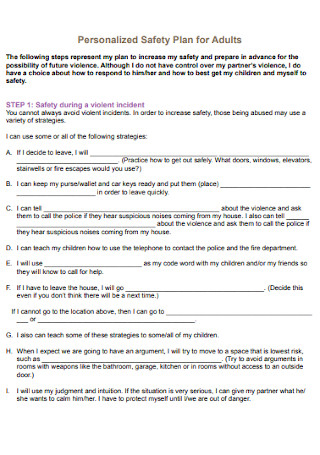
Personalized Safety Plan for Adults
download now -
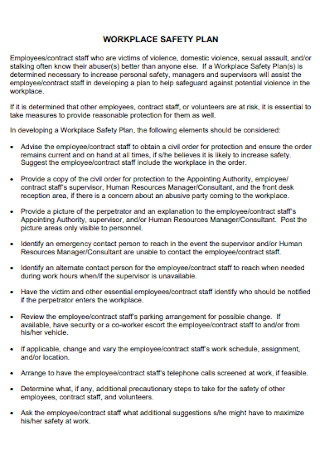
Workplace Safety Plan
download now -
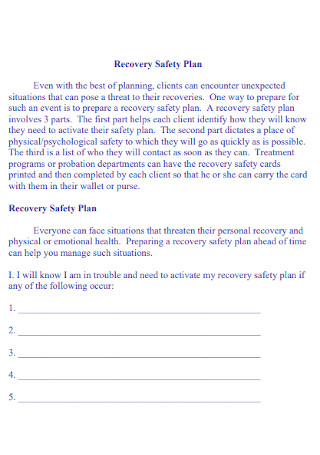
Recovery Safety Plan
download now -
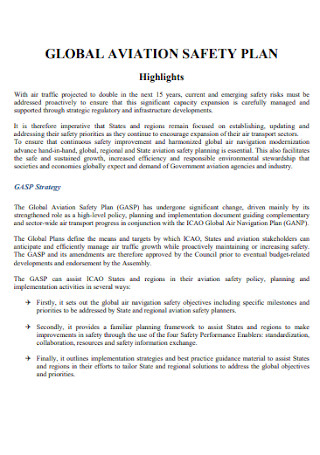
Global Aviation Safety Plan
download now -
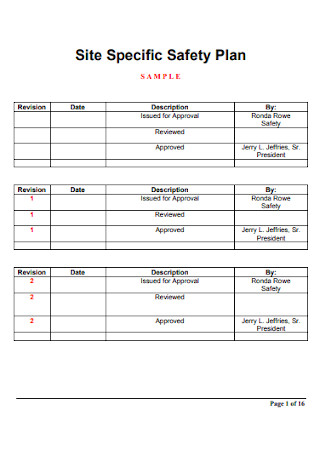
Site Specific Safety Plan
download now -
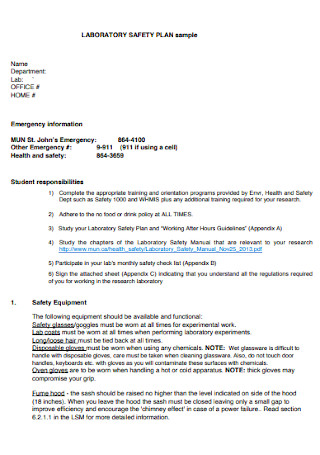
Laboratory Safety Plan Template
download now -
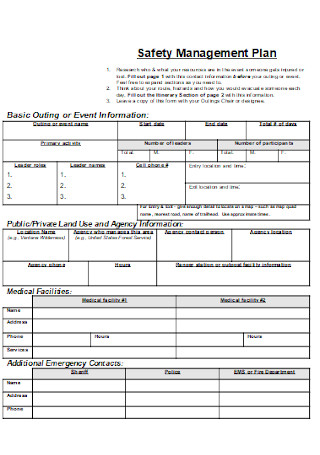
Safety Management Plan
download now -
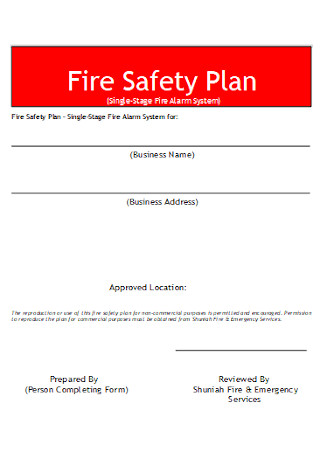
Fire Safety Plan Template
download now
What Is a Safety Plan?
Instead of blaming faults, refusing help, or deciding poorly in any incident or emergency at work, why not have a formal procedure? That procedure is outlined and discussed in a safety plan. These safety plans are official documents that contain the regulations for workplace safety. Protocols tackle various factors from personal safety, fires, earthquakes, environmental exposure, and others. Every worker in the workplace should be aware of the emergency processes and the site map under this business plan.
In 2018, statistics proved that about 5,250 employees died at work.
Moreover, OSHA confirmed that one out of five employee deaths comes from the construction sector in 2018.
Also, the US Bureau of Labor Statistics (BLS) stated that private industry managers reported to 2.8 million cases of nonfatal injuries and illnesses in the workplace.
Why Should You Make a Safety Plan?
Keeping employees healthy and protected is the number one reason why safety plans are essential. If any worker’s health is at risk, there are chances for expensive healthcare expenses and low productivity of operations, mostly when employees affect a company’s performance. And do not forget that according to the Occupational Safety and Health Act of 1970, it is standard for any establishment to ensure a safe and healthy working environment for all employees. Otherwise, your business might face fines and citations from OSHA.
Aside from the good intentions observed in a safety plan, another reason people should make one is due to how the overall procedure includes organized strategic plans. Of course, random decisions for safety and protection is discouraged. Careful planning is part of the picture to ensure the minimum requirements and standards by OSHA’s regulations will be met. Workers’ compensation, health insurance, business security, and emergency expenses are just a few points to tackle in a plan anyway. Most importantly, safety planning applies not only at work but also in environments like schools and homes.
Who Creates Safety Plans?
Managers commonly plot safety plans for their businesses. But it is not a requirement that employers and business owners should create the safety management plan. The job can be assigned to the employees or anyone. Although the job applies to anyone, there is a big chance for the overall plan to be flawed. And you cannot let those flaws happen, or possible problems may take over that would burden the whole company. A tip is to work with a reliable team to discuss and decide matters for the system.
“Must Protecc!”: Examples of Safety Plans
There is a slang term called “protecc.” The word refers to giving protection in the highest form. In the way millennials or Gen Zs use it, they usually say, “Must protecc!” to people or characters whom they want to protect no matter what. And observing the biggest form of protection should be how everyone values safety and health too. But, safety plans can be too broad as there are many examples of where or how they can be applied. So in this section, we outlined the common examples of safety plans.
How to Create an Acceptable Safety Plan
Safety planning is not only relevant to preventing deaths but also for avoiding injuries. Based on a survey, private industry managers even reported about 2.8 million nonfatal injuries and illnesses at work. So treat safety plans as prevention plans too. And since you already know about the plan’s definition, importance, and examples, you proceed to make the plan itself. The following are the steps on how to craft a safety plan:
Step 1: Clarify Your Plan’s Purpose
Although making a safety plan is already a purpose, specify what that safety program is. Are you making a safety plan for your home, the workplace, school, or any other example? Specify it. A clear objective helps in tailoring how your entire plan must turn out. There are many factors to consider when creating a general safety plan, so do not keep things broad. And once you finalize what the safety plan is for, download the appropriate template. Tweak the safety plan template’s content and fill out all the needed info.
Step 2: Identify the Potential Risks and Hazards
It is crucial to inspect and determine what the potential hazards or risks are. For example, you could observe that the floors are slippery in the workplace, or there is no door for an emergency exit. Those are your clues of potential risks. Anticipate the factors that may cause injuries because those must be prevented and fixed. It is wrong to create random solutions without being sure what the actual problems are anyway. And once every risk can be solved, employees can slowly do their tasks safely.
Step 3: List All Action Plans
Create the action plan—which marks as your itemized guide on what steps to follow for maintaining safety. Making solutions is not a guessing game, though. Every strategy enlisted should be analyzed if the plan can make a difference. Many strategies are even discussed with employees and guests first to gather their reactions and suggestions. And in each solution, descriptions must be present as well. That way, anyone who checks the plan would understand the details instead of asking further questions.
Step 4: Categorize and Organize Your List
If you already listed all the solutions for the safety plan, then good. But, the plan should not simply enumerate strategies. A sense of organization is required, as well. And the effective way to organize the list is by making categorizes. For example, you could list down all the plans for workers’ compensation in one category and another category for the working environment safety planning. Visual organizes like tables, charts, and more can help you simplify the data. Or perhaps, you present the data like a checklist where everything listed must be arranged.
Step 5: Observe Regular Assessments
Are you confident that your safety plan is already good enough? Conduct a final review of your plan before you print, submit, or validate it. Of course, sticking to the plan is imperative, but your job does not just stop there. Assessment reports are crucial. This statement means you should evaluate if the safety plan observed is working well or benefiting the outcome. If not, then change certain factors to perfect the plan. Trials and errors commonly occur anyway, and what matters is to improve continuously.
FAQs
What are the typical elements to include in a safety plan?
OSHA recommends various elements to a safety plan, including policy statements, a list of the involved people, hazard and risk controls, emergency responses, recordkeeping, and employee training programs.
What are the three Es of safety?
The three Es of safety is evaluation, education, and enforcement. And they all help in ensuring hazards, injuries, and incidents can be controlled.
What are some examples of unsafe acts?
A lot of unsafe acts exist, and safety plans should determine their variations and limits. Examples include lacking warning signs, smoking near flammable products, incomplete safety gear, working near high voltage, etc.
Dangerous incidents and injuries may happen anywhere and in different forms, from a construction worker falling at a worksite to the house kitchen ending in flames. But no matter what form the bad outcome takes, be sure to implement safety rules. A successful business would not even last without healthy employees and a safe environment. And to start alleviating harmful effects in any application, begin drafting a carefully structured safety plan.
